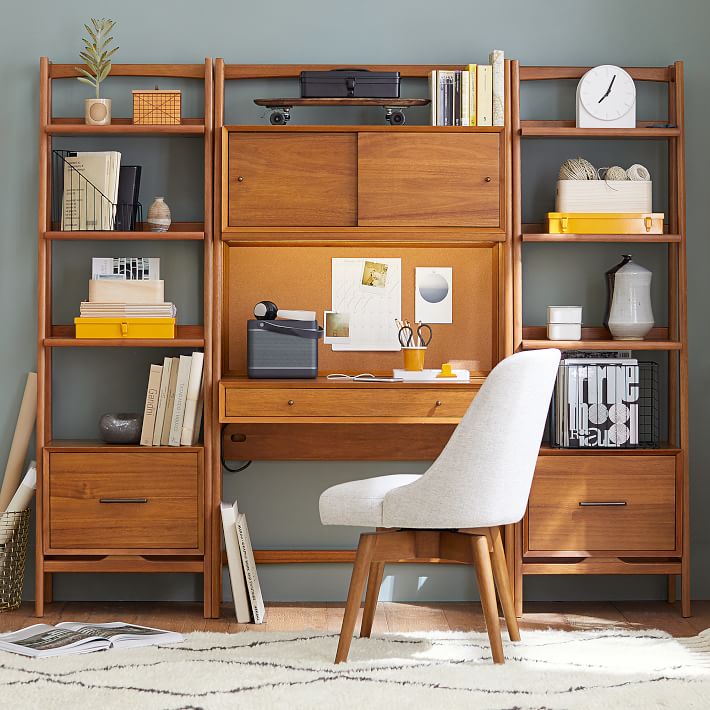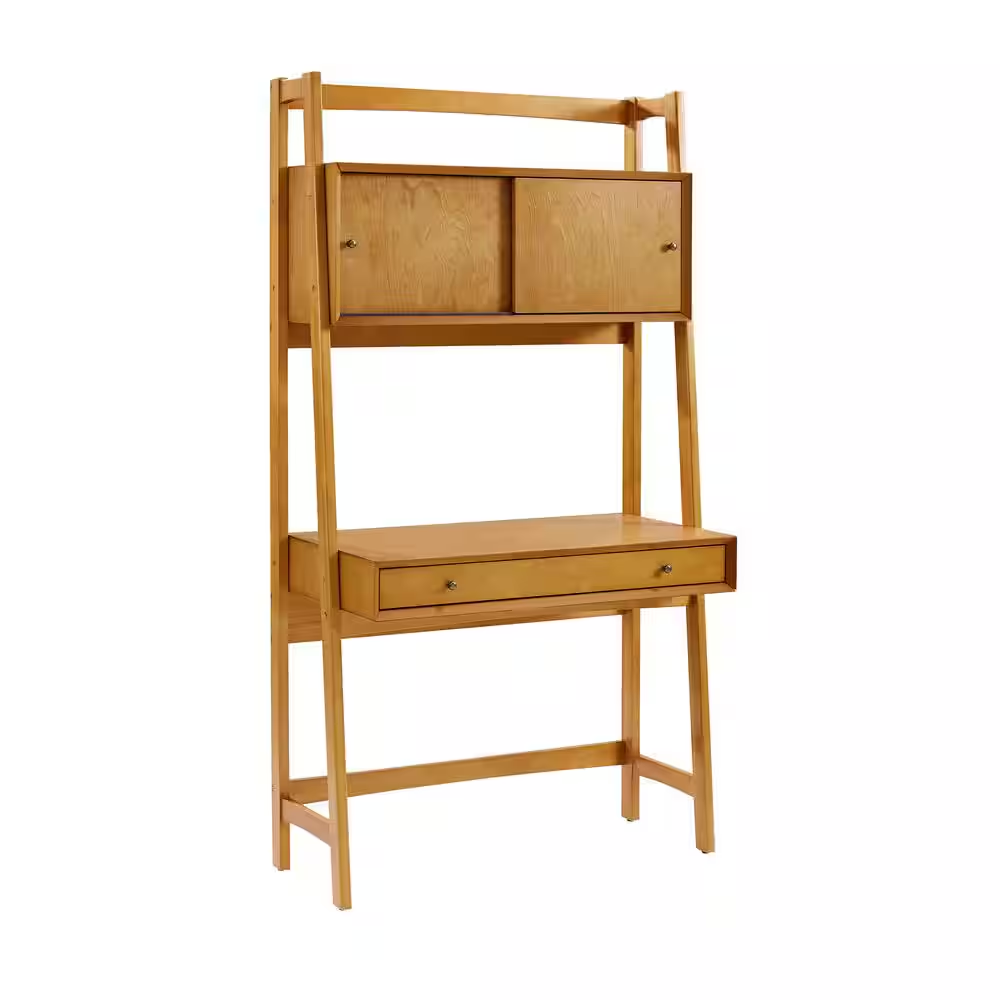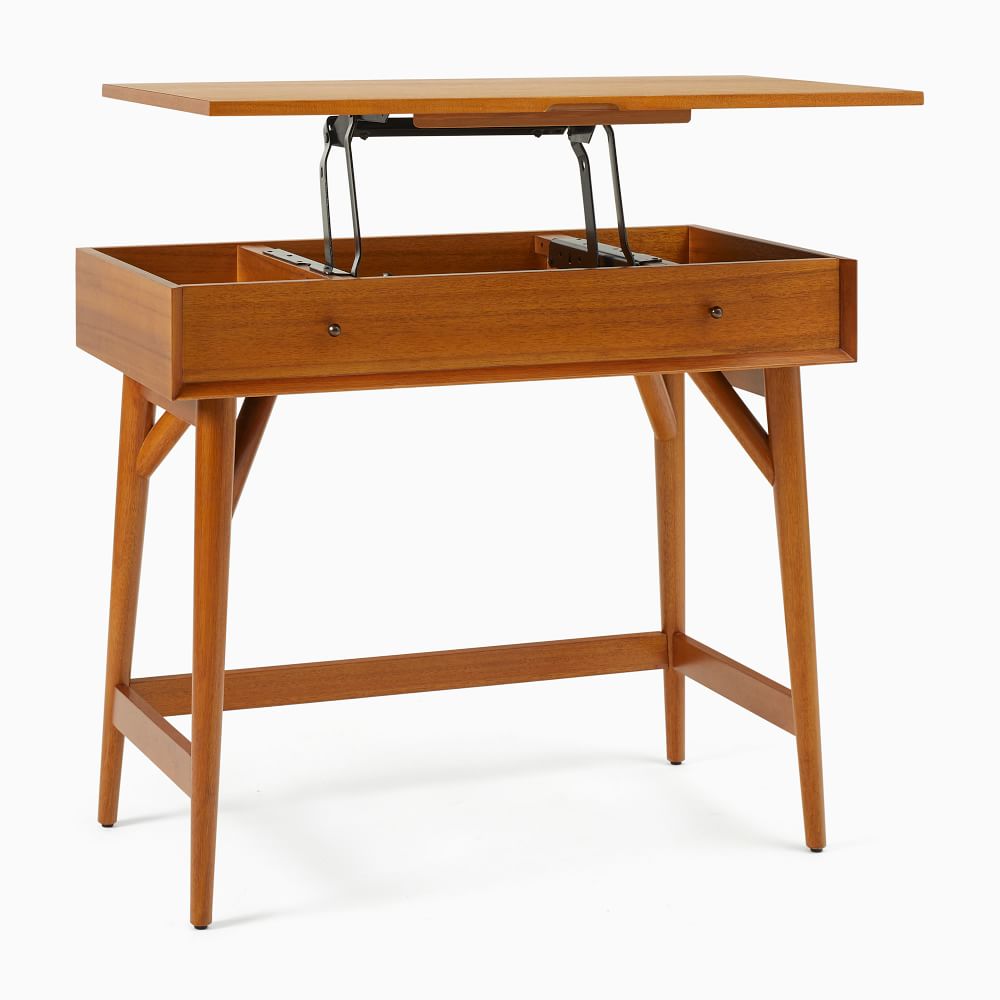Selecting the right desk is pivotal, as it influences your comfort, productivity, and the overall aesthetic of your home. West Elm offers a wide range of desks that cater to different needs and styles. This guide helps navigate through the options, ensuring you pick the ideal West Elm desk that melds seamlessly with your home and lifestyle.
Assessing Space and Location
Measuring Your Workspace
Before you fall in love with a West Elm desk, measure the space where you plan to place it. Note down the dimensions of the area, including height, width, and depth. This will prevent you from choosing a desk too large for your room or too small for your needs. Remember to account for extra room around the desk for chairs and walking space.
Considering Home Office Position
Think carefully about where you want your desk to be. If you’re placing it against a wall, you may want a desk with storage or shelving above—saving space. If it’s in the center of the room, consider a desk with a finished back panel. The position and location greatly affect your choice of desk design.

Identifying Functional Requirements
Defining Your Work Needs
Your work dictates the type of desk you should choose. If you require multiple monitors or space for drafting, look for larger desks. For laptop users, a smaller desk might suffice. Also, consider if you’ll need built-in storage for documents or supplies, which is essential for keeping your workspace tidy.
Adjusting for Comfort and Ergonomics
Ergonomic features can have a big impact on your health and productivity. Adjustable height desks, for instance, cater to standing or sitting and help in maintaining good posture. Look for desks with features that align with your ergonomic preferences for a comfortable work experience.
Choosing Style and Material
Matching with Home Decor
A desk should complement your existing home decor. West Elm offers desks in various styles—be it modern, mid-century, or industrial. Choose finishes and colors that tie in with your room’s palette. If your home has a minimalist aesthetic, opt for a desk with clean lines and a simple design.
Deciding on Desk Materials
The material of your desk affects both its looks and durability. Solid wood desks add warmth and sturdiness but may come with a higher price tag. Veneers or laminated products are more cost-effective while still providing aesthetic appeal. For a modern industrial look, consider desks with metal or glass elements.

Reviewing Storage and Organization Options
Exploring Built-in Storage Solutions
West Elm desks with built-in drawers and shelves help minimize clutter. Analyze what items you need to store—papers, books, gadgets, or craft supplies. Desks with compartments designed for specific types of items can keep your workspace organized and efficient.
Considering Add-On Storage Accessories
If a desk doesn’t come with enough storage, consider West Elm add-on storage options that match or complement your chosen desk. Options like file cabinets, desk organizers, and shelving units can significantly increase your desk’s storage capability without compromising on your workspace’s aesthetic.
Balancing Quality with Budget
Investing in High-Quality Pieces
Buying a desk is an investment; choosing a high-quality product can be more cost-effective in the long run. Solid construction and durable materials will stand up better to everyday use. Examine the build quality of desks within your budget, and don’t compromise too much on sturdiness for cost.
Setting a Realistic Budget Range
Prioritize your needs and set a budget range based on them. West Elm provides varied pricing options depending on the desk’s size, material, and design. Consider financing options or sales periods where high-quality desks might be available at a more accessible price point.

Anticipating Delivery and Assembly
Understanding Shipping and Delivery Details
Before you complete your purchase, understand West Elm’s delivery options for the desk. Larger desks might require in-home delivery and setup services. Ensure you’re aware of any additional costs and logistical requirements such as elevator access or doorway measurements to avoid delivery day surprises.
Considering the Need for Professional Assembly
West Elm desks may come ready to use or require assembly. If you’re not DIY-savvy, factor in the cost of professional assembly. Sometimes, spending a bit more on expert help can save you time and guarantee your desk is put together correctly.
Planning for an Upgrade
Assessing Current System’s Needs and Future Plans
It’s essential to plan your upgrade by assessing both current and prospective computing needs. Determine the specific tasks you undertake, such as gaming at certain resolution or graphics settings, professional 3D rendering, or video editing. Consider how a new graphics card will improve these activities and ensure you’re investing in a GPU that supports your future goals.
Budget Considerations and Cost-Effectiveness
Budget plays a pivotal role in decision-making. Analyze the cost-to-benefit ratio of potential graphics cards. Sometimes, the latest model provides marginal performance improvements over its predecessor at a significantly higher cost. In such cases, opting for the slightly older model could be more cost-effective while still meeting performance needs.
Driver and Software Compatibility
Verifying Driver Support for Your Operating System
Before deciding on a GPU, verify that the manufacturer offers driver support for your operating system. Without the right drivers, a new graphics card won’t function to its full potential. Especially for older operating systems, it’s crucial to confirm ongoing driver support to avoid compatibility issues.
Considering Graphics Software Requirements
Users who rely on specific graphics software for work or leisure should ensure the new GPU is compatible with their applications. Some software might require graphics cards with certain features or capabilities to run optimally. Review the software’s hardware requirements and compare them to the GPU’s specifications.
The Importance of a Quality Monitor
Matching Graphics Card With Monitor Specifications
An often-overlooked aspect of a GPU upgrade is matching the graphics card capabilities with the monitor. There’s little benefit to investing in a high-end GPU capable of 4K resolution if your monitor only supports 1080p. Ensure that your monitor can display the resolutions and refresh rates that your new GPU is capable of producing.
Considering Monitor Upgrades
If your current monitor doesn’t complement your prospective GPU’s capabilities, factor in the cost and feasibility of a monitor upgrade. Pairing a high-performance GPU with a monitor that can make the most of its advanced features will result in a much more satisfying visual experience.
Post-Installation Steps
Installing Drivers and Software Updates
Once the new GPU is installed, the immediate next step is to install the necessary drivers. Having previously downloaded the latest drivers will streamline this process. After installing, it’s also advisable to check for any updates or patches that might have been released in the meantime.
Testing the New Setup
After everything is installed and updated, thoroughly test the new graphics card with a variety of processes. Play games, run benchmarks, or execute other graphics-intensive applications to confirm everything is working as expected. Keep an eye out for any anomalies like crashes, unusual noises, or overheating issues, and address them promptly.
When choosing the right West Elm desk for your home, consider space, functionality, style, storage needs, budget, and logistical factors like delivery and assembly. By weighing these considerations carefully, you can select a desk that not only looks beautiful in your space but also enhances your work-from-home experience.
